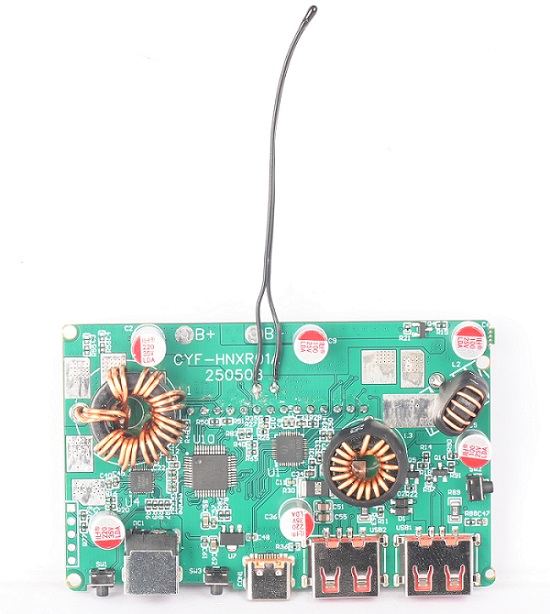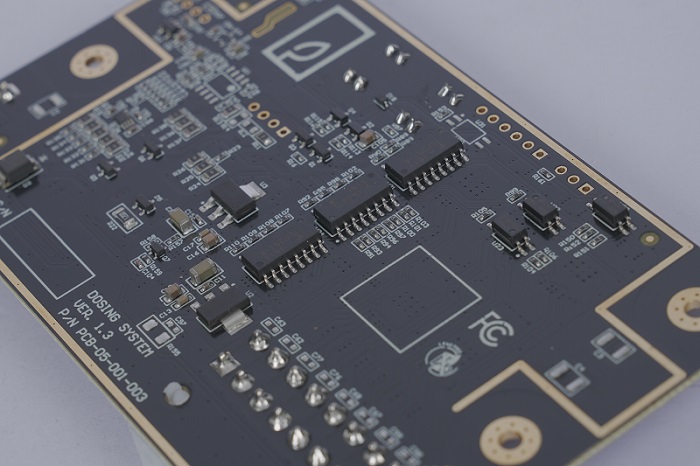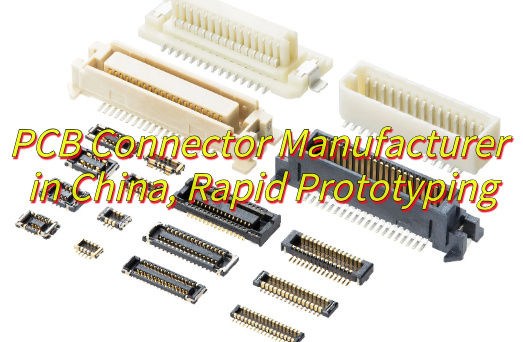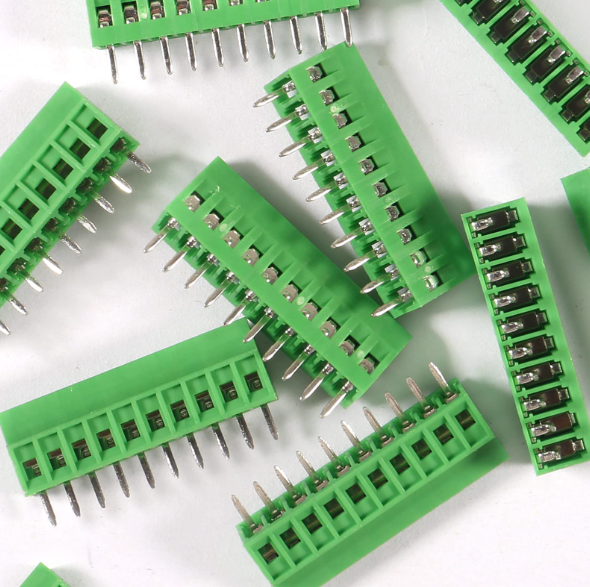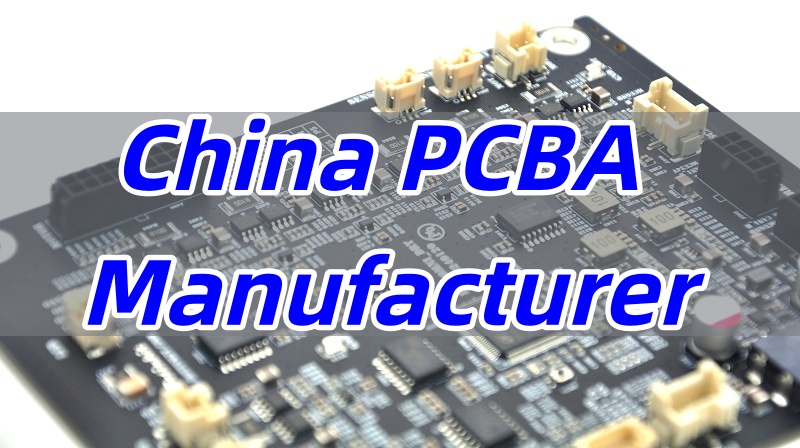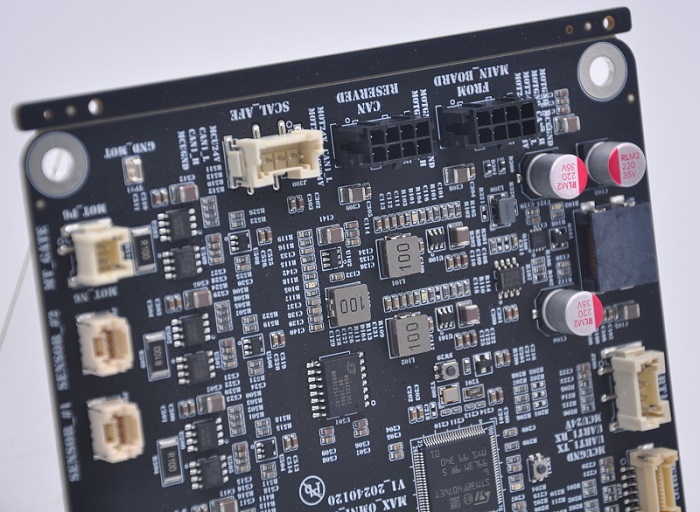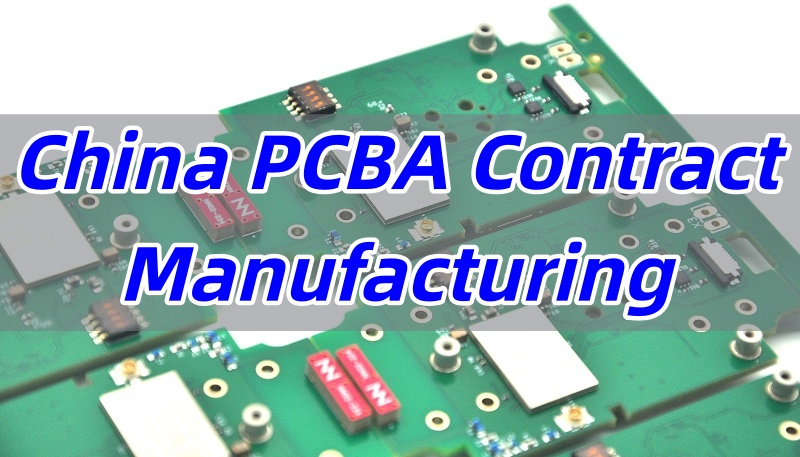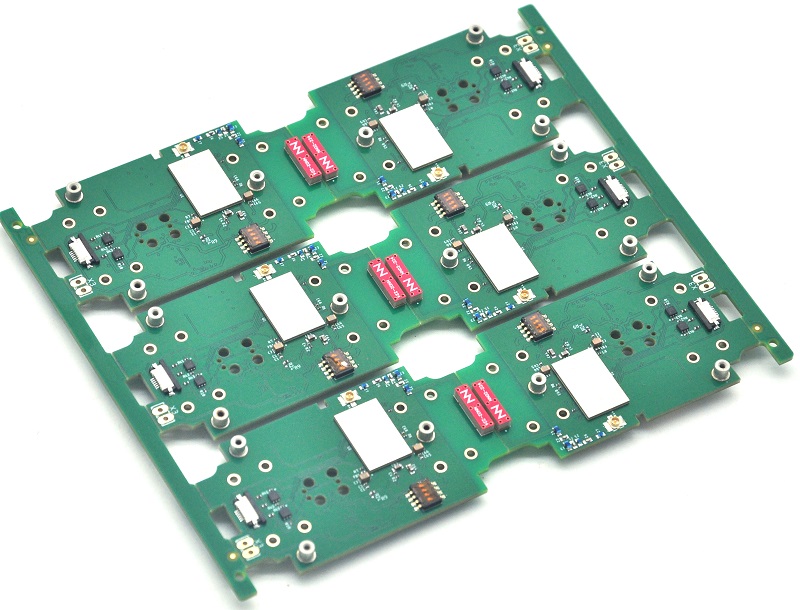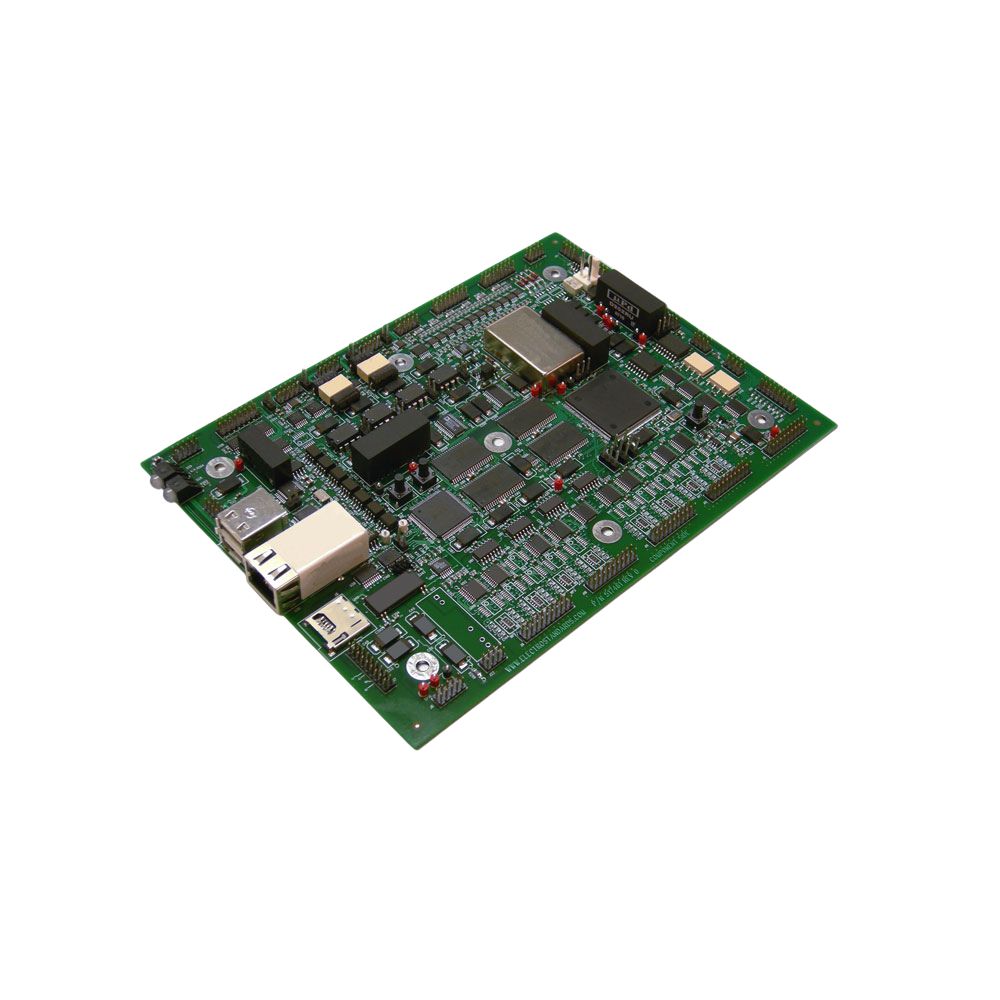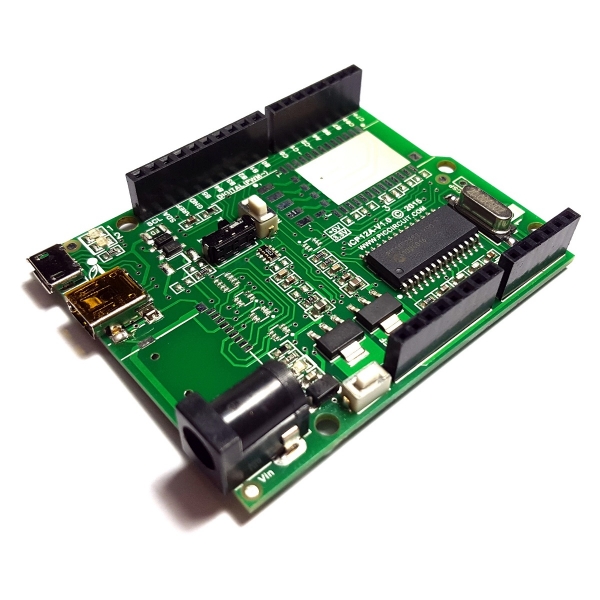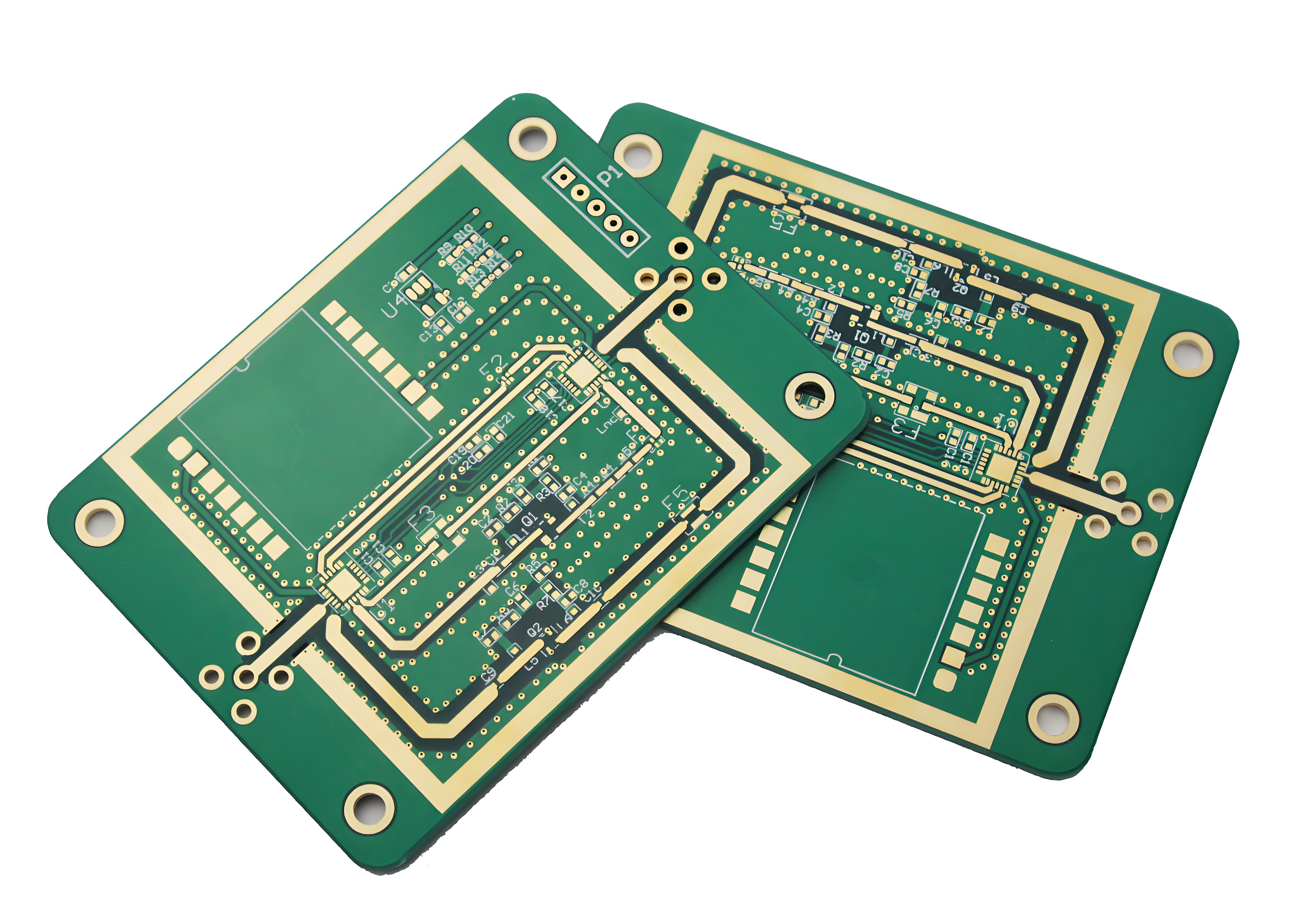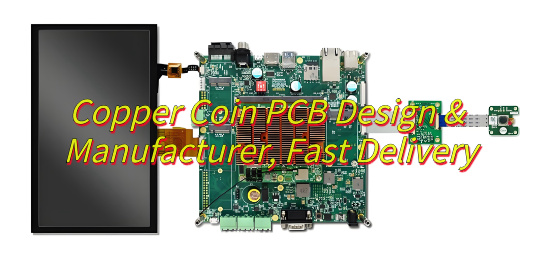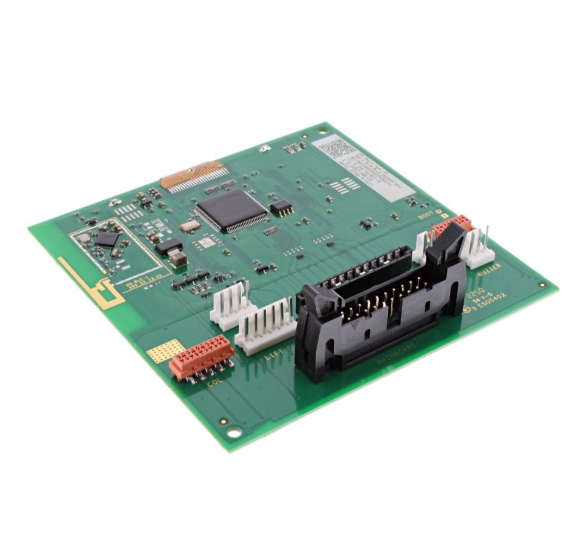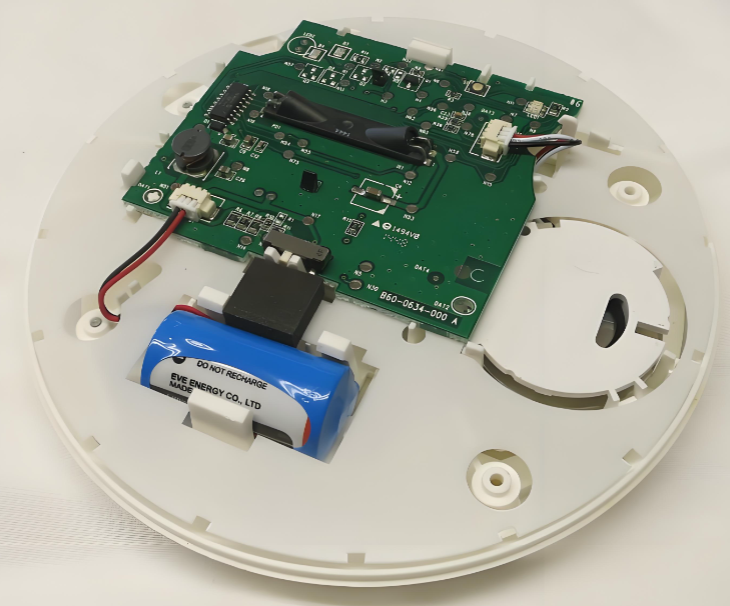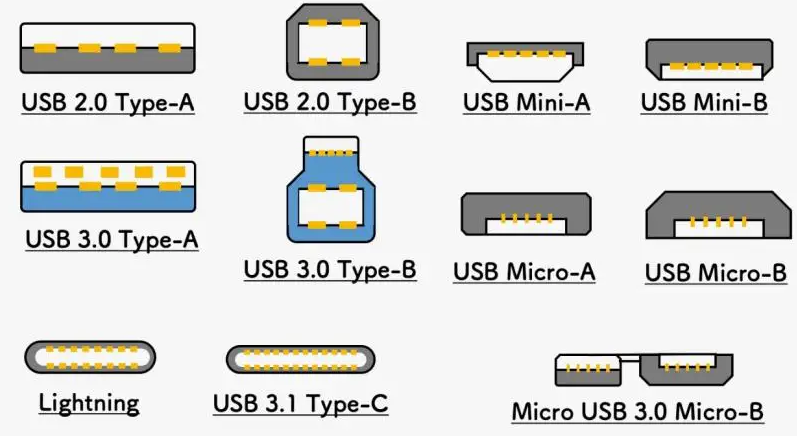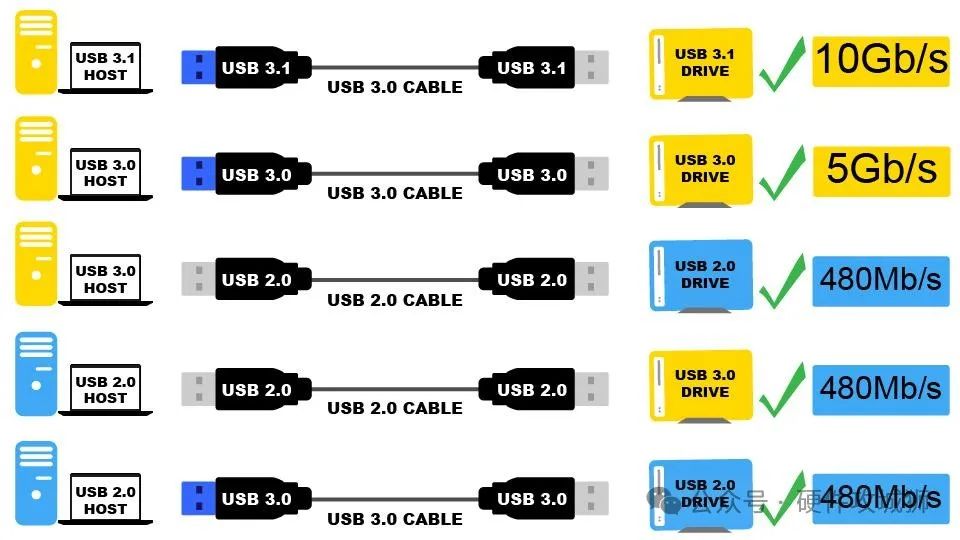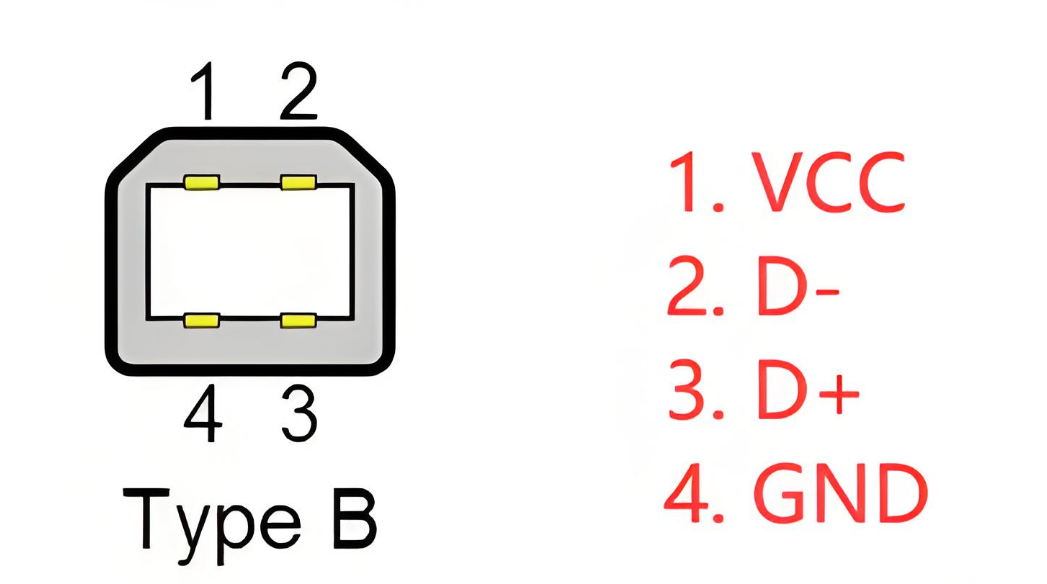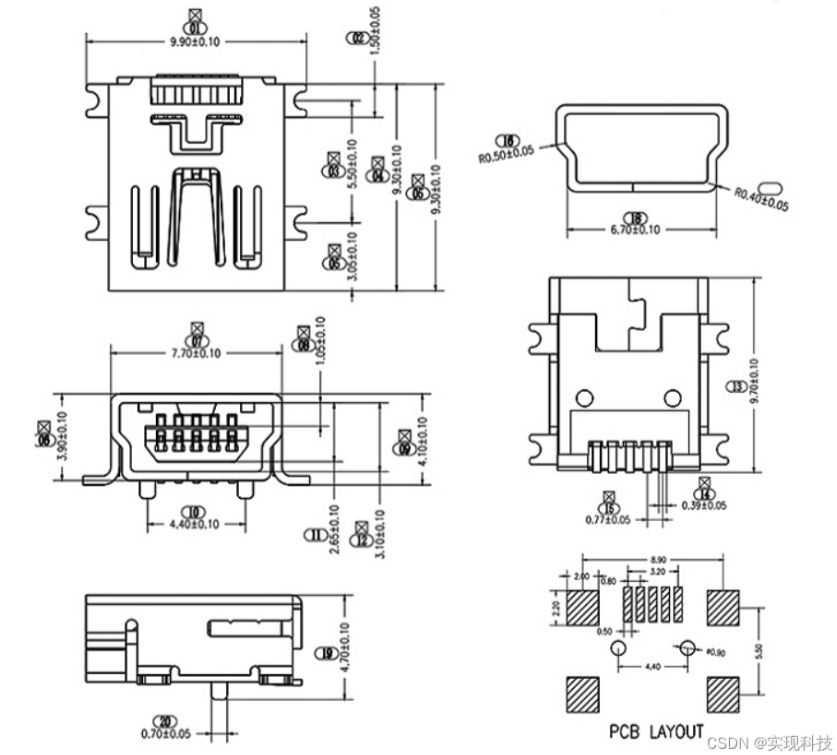What is a motor driver board? Let’s discover meaning, components, function, application, usage guidelines, design guide and production process for motor driver board.
Are you troubled with these problems?
- Slow motor response; need millisecond-level precise control?
- Multi-axis signal interference; require stable communication?
- Diverse customization needs; standard solutions hard to adapt, need rapid adjustment?
As a motor driver board assembly manufacturer, Best Technology can provide service and solutions:
- Ultra-Fast Response: Nanosecond-level driver chip + intelligent algorithm, latency <50őľs.
- Strong Anti-Interference: Magnetic ring filtering + differential isolation, SNR improved by 40%.
- Flexible Customization: Parametric tools enable solution validation within 3 days.
Welcome to contact us if you have any request for motor driver board: sales@bestpcbs.com.
What Is a Motor Driver Board?
A motor driver board is a core hardware module that bridges controllers and motors, converting low-power control signals (e.g., PWM, digital commands) into the precise current and voltage required to regulate motor start/stop, speed, direction, and rotation.
It integrates power switching components (MOSFET/IGBT), current sensors, and protection circuits to support DC, stepper, brushless, and servo motors. motor driver board’s features include overcurrent/overtemperature protection, EMI-resistant design, real-time feedback control, and high-efficiency energy conversion, ensuring stable operation for applications like robotics, automation, electric vehicles, and smart appliances.

What Are the Components of a Motor Driver PCB?
Components of motor driver PCB:
- Power Switches (e.g., MOSFETs): Convert low-voltage signals to high-current output, controlling motor start/stop and rotation direction.
- H-Bridge Circuit: Enables bidirectional current flow via four coordinated switches, supporting forward/reverse rotation and braking.
- Power Management: Stabilizes power via voltage regulators/filters, reduces EMI with layered design, and supports wide voltage/high current.
- Control Circuit (MCU/Driver IC): Generates control signals, executes algorithms (e.g., PID), diagnoses faults, and isolates power/control domains.
- Protection Modules: Safeguards against overcurrent, overvoltage, undervoltage, and overtemperature using sensors/TVS diodes.
- Signal Processing: Hall sensors capture position/speed, processed via filtering/amplification; shunt resistors enable precise current control.
- Thermal Design: Copper pours/thermal vias/heatsinks enhance heat dissipation; multi-layer PCB separates power/signal layers for EMI optimization.
- Interface & Communication: Supports protocols (CAN/SPI), uses shielded/differential pairs with ferrite beads for noise immunity, and includes debug interfaces.
- Filtering & Energy Storage: Capacitors/inductors filter power ripple; RC networks reduce signal noise for accuracy.
- Logic & Isolation: Optocouplers/digital isolators separate high/low-voltage domains, ensuring signal integrity and timing accuracy.
What Is the Use of a Motor Driver Board?
Functions of motor driver board:
- Signal Conversion & Bridging: Serves as the core interface between controller and motor, converting low-power control signals into high current/voltage for precise driving.
- Motion Control: Precisely regulates motor start/stop, speed, direction, and rotation angle, supporting forward/reverse rotation and braking modes.
- Multi-Motor Compatibility: Compatible with DC, stepper, brushless, and servo motors to meet diverse application requirements.
- Safety Protection: Integrates overcurrent, overvoltage, undervoltage, and overtemperature protection circuits/sensors to monitor and block abnormalities, preventing equipment damage.
- Closed-Loop Feedback: Collects motor position/speed signals via Hall sensors/encoders, dynamically adjusts using algorithms (PID/FOC) to enhance control accuracy.
- EMC Optimization: Uses layered PCB design, filtering circuits, and shielding to reduce EMI, ensuring stable signal transmission and system immunity.
What Are Applications of Motor Driver Circuit Board?
Applications of motor driver circuit board:
- Electric wheelchair (including eye-controlled/smart wheelchair).
- CT scanner, MRI scanner bed, surgical robot, laser therapy device, ECG monitor, blood pressure monitor.
- Robotic arm, CNC machine tool, engraving machine, 3D printer, material handling robot.
- Electric car, electric scooter, drone, model aircraft, electric bicycle.
- Robotic vacuum cleaner, smart home appliances, smart wristband.
- Electric bed, electric height-adjustable desk, accessible elevator.

How to Use a Motor Driver Board?
1. Standardized Hardware Connection
- Power connection: Use a power supply matching the motor’s rated voltage (e.g., 24V motor with 24V¬Ī10% regulated supply), connect with red-positive/black-negative standard wiring, secure with alligator clips or screw terminals.
- Motor wiring: DC motor‚ÄĒpositive to A+, negative to A-; stepper motor‚ÄĒphase wires in order to A-B-C-D terminals; brushless motor‚ÄĒconnect three-phase power wires and Hall sensor signals with consistent phase.
- Control signal wiring: Use physical switches/rotary potentiometers for control, e.g., rotate potentiometer clockwise to increase PWM duty cycle (accelerate motor), toggle switch to change DIR pin state (up for forward, down for reverse).
2. Manual Signal Calibration
- Speed adjustment: Adjust PWM duty cycle via driver board’s built-in potentiometer (0-100% scale), each 10% rotation corresponds to stepped speed change (e.g., 20% for low-speed cruise, 80% for high-speed mode).
- Direction control: Use DPDT switch for DIR pin, observe motor rotation change to confirm clear forward/reverse/stop states.
- Braking: Activate BRAKE by pressing emergency stop button to short motor phases, generate reverse magnetic field for rapid braking, verify stopping time <2 seconds with tachometer.
3. Power & Protection Setup
- Voltage monitoring: Use analog multimeter to check input voltage (¬Ī5% fluctuation limit), adjust voltage regulator or add filter capacitors if out of range.
- Overcurrent protection: Adjust current limit via driver board’s trim pot (e.g., 5A to 10A), test with load simulator to verify protection triggers motor shutdown without burning smell.
- Heat management: Apply thermal paste to heatsink, install aluminum bracket, monitor key components (e.g., MOSFET ‚ȧ80¬įC) with infrared thermometer, activate auxiliary fan for high temperatures.
4. Function Verification & Debugging
- Basic test: Cycle “forward-reverse-brake” to check response time (‚ȧ0.5s), monitor current with clamp meter to ensure within rated range.
- Closed-loop test: Connect encoder feedback, rotate motor shaft manually to check pulse proportionality, adjust PID knobs (e.g., increase P for faster response, decrease I for steady-state error) for speed control.
- Troubleshooting: If motor jitters, check wiring errors or EMI; if overheating, check cooling or overload, reduce power output if necessary.
5. Safety & Maintenance
- Pre-operation check: Inspect all connections before power-up, test insulation resistance (‚Č•20Mő©) with megohmmeter, wear insulated gloves when handling rotating parts.
- Emergency handling: Install independent emergency stop button in power circuit, press immediately for abnormalities; keep fire extinguisher nearby for electrical fires.
- Regular maintenance: Clean dust quarterly, inspect capacitors for bulging/resistors for discoloration under magnifier, replace aged components; conduct full-function test semi-annually to meet factory standards.
How to Design a Power Wheelchair Motor Driver Board?
1. Core Circuit Module Design Parameters
Driver Circuit
- Parameters: Use IR2104 isolated driver chip (gate voltage 10-20V, built-in dead time), matched with Hall sensors for current closed-loop control. Digital ground and power ground connected at a single point; sensitive signal lines filtered with ferrite beads.
Safety and Reliability Enhancements
- Parameters: Redundant dual-channel input for critical control signals (e.g., PWM speed control), hardware watchdog circuit with ‚ȧ100ms response time. Temperature sensors and voltage monitoring circuits for real-time fault feedback.
2. Design Constraints
- Physical Dimensions and Weight: PCB max dimensions must fit the whole vehicle (e.g., 1150x700x950mm), net weight ‚ȧ44Kg, payload ‚Č•120Kg; trace spacing ‚Č•10mil to prevent high-voltage breakdown.
- Electrical Performance: Overcurrent protection threshold at 1.5x rated current; overtemperature protection using LM35 sensors (-40¬įC~150¬įC calibration); stall protection within 10 seconds. EMC compliant with ISO 7176-21, resistance to 26MHz-2.7GHz RF interference (‚Č•20V/m), ESD tolerance ¬Ī8kV contact/¬Ī15kV air discharge with speed fluctuation ‚ȧ20% within 2 seconds.
- Safety Standards: Must pass IEC 60601-1-2 medical EMC certification, CE certification, ISO13485:2003 quality certification, and CCC certification. Batteries/controllers/motors must individually pass GB/T 18029.21 testing.
3. PCB Layout and Routing Parameters
- Layer Strategy: 4-layer PCB structure, top layer for power traces (copper thickness ‚Č•2oz), bottom layer for control signals (50ő© impedance matching), inner layers for GND and power planes (copper coverage ‚Č•30%).
- Thermal Design: Copper foil heat dissipation under power devices, thermal vias in critical areas (thermal resistance ‚ȧ7.7¬įC/W); reserved mounting holes for heat sinks with thermal silicone application.
4. EMC Design Parameters
- Filter Circuits: ŌÄ-type filter at power input (100őľH common-mode inductor + 1őľF X-capacitor + 100nF Y-capacitor) to suppress conducted emissions (‚ȧ47dBőľV/3m). Digital and analog grounds isolated via ferrite beads.
- Shielding Measures: Metal shielding for control chip areas; critical signal traces routed away from high-frequency interference sources (e.g., wireless modules). Speed deviation ‚ȧ10¬į, steering deviation ‚ȧ10¬į when wireless devices (e.g., phones) are nearby.
5. Prototyping and Testing Parameters
- Simulation Verification: SPICE tool for circuit-level simulation to validate power loop stability (loop bandwidth ‚Č•1kHz) and control logic correctness.
- Thermal Imaging: Infrared thermography to detect power device temperature rise (‚ȧ85¬įC) for thermal design optimization.
- Long-Term Reliability: ‚Č•1000-hour continuous aging test, vibration test per ISO 7176-13, thermal cycling test (-40¬įC~85¬įC, 500 cycles). Compliance with IPC-A-610 manufacturability standards and IPC-J-STD-020 soldering standards.
6. Documentation and DFM Parameters
- BOM and Assembly: Detailed BOM with component models, parameters, capacitor values), and supplier info. Clear polarity, pad dimensions (e.g., QFN package soldering requirements). 3D models and assembly drawings with critical dimension tolerances (¬Ī0.1mm).
- Certification Requirements: Mandatory compliance with IEC 60601-1-2, CE, ISO13485:2003, and CCC standards.
7. Design Considerations
- Routing and Noise: Trace width ‚Č•20mil to reduce parasitic inductance; Kelvin connections to eliminate ground bounce noise; driver signal traces ‚ȧ5cm to avoid signal reflection.
- Mechanical and Environmental Protection: Stress relief slots at PCB edges to prevent solder joint fractures from vibration; moisture-resistant coating or potting (IP54 rating).
- Manufacturability: Clear assembly guidelines for SMT processes, validated soldering temperature profiles, and compliance with IPC standards for component placement and inspection.
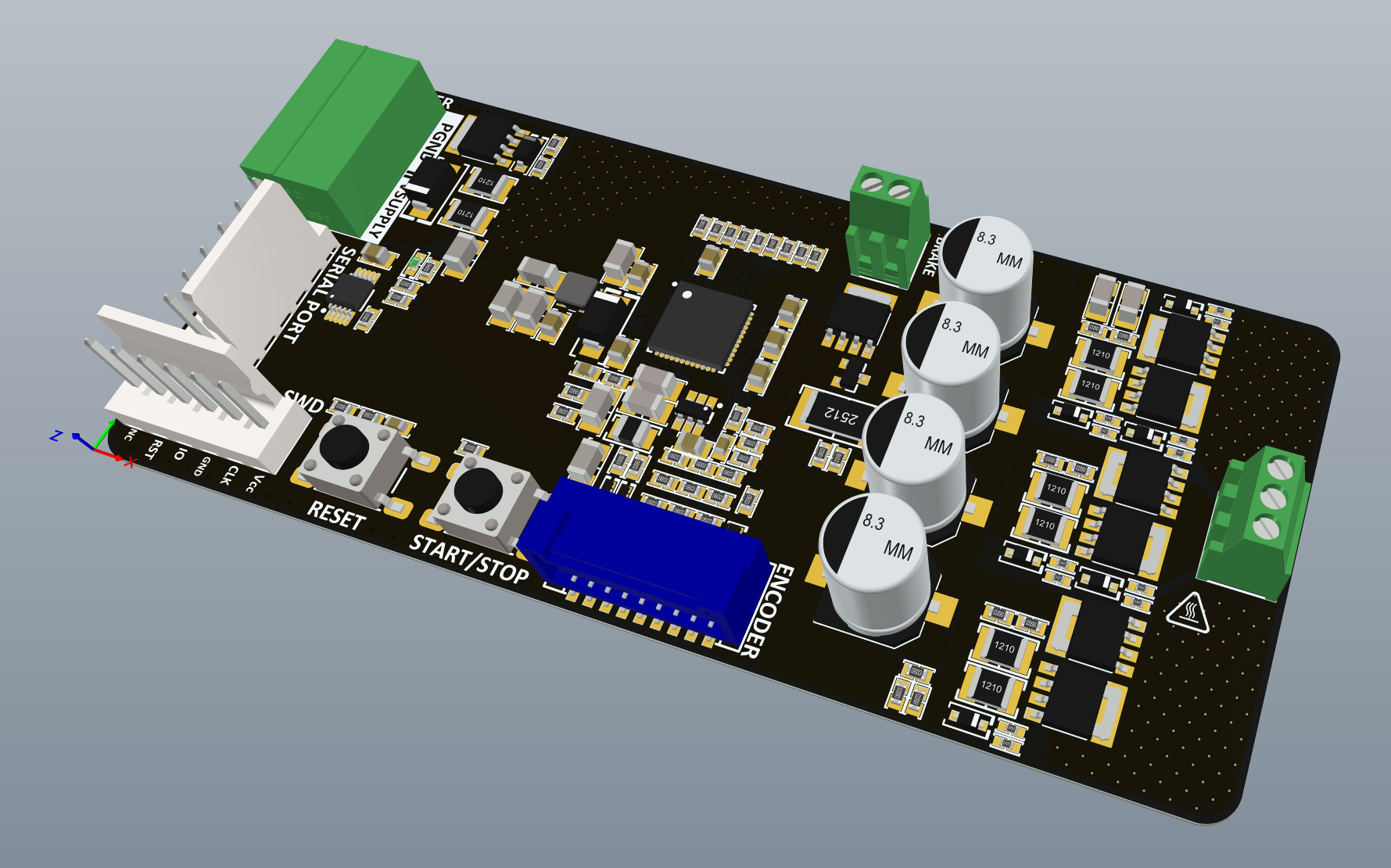
How to Assemble a Mobility Scotter Motor Driver Circuit Board?
Steps to Assemble a Mobility Scooter Motor Driver Board:
1. Component Preparation & Inspection
- Verify component quantities and specifications (e.g., MOSFETs, driver ICs, capacitors) against BOM. Pre-tin power device leads and clean PCB pads if oxidized.
2. SMT Component Soldering
- Use reflow soldering with temperature profile: 150¬įC preheat (60s), 180¬įC/s ramp to 220¬įC, 240¬įC reflow (40s), and natural cooling. Inspect solder joints for voids/bridging via microscope; X-ray BGA packages if applicable.
3. Through-Hole Component Installation
- Solder through-hole parts (e.g., electrolytic capacitors, terminals) in height order (low to high), ensuring correct polarity for polarized components. Apply thermal grease between MOSFETs and heat sinks.
4. Electrical Verification
- Perform static tests: check MOSFET GS/GD impedance, input-to-ground resistance, and signal line integrity.
- Conduct dynamic tests: power up gradually, monitor LEDs/MCU status, and validate PWM signal fidelity with an oscilloscope.
5. Functional Module Testing
- Configure driver IC parameters (e.g., dead time, current thresholds) via SPI/I2C. Calibrate Hall sensor alignment and test motor startup/stop sequences.
6. Protection Feature Validation
- Simulate overcurrent via shunt resistor shorts; verify protection triggers (e.g., PWM disable, alarm LED). Test overtemperature response with localized heating.
7. System Integration & Optimization
- Test wireless communication (e.g., Bluetooth) for real-time data exchange. Conduct environmental tests (high temperature, humidity, vibration) and EMC compliance checks.
- Perform long-term aging tests and real-world road trials to confirm reliability and safety.

Why Choose Best Technology as Motor Driver Board Assembly Manufacturer?
Reasons why choose us as motor driver board assembly manufacturer:
- 19-year PCBA expertise: 19 years of deep experience in motor driver board field with over 500 mature solutions, ensuring high technical maturity, reducing trial-and-error costs, and shortening development cycle by 30%+.
- Strict quality control: From IQC incoming inspection to OQC final check, 6-step 100% functional testing, achieving ‚Č•99.2% first-pass yield and ‚ȧ0.8% failure rate, ensuring equipment long-term stability.
- Free DFM analysis: Design for Manufacturability evaluation identifying 20+ potential process risks, optimizing design in advance, cutting rework costs by 50%.
- Stable supply chain: Strategic cooperation with 10+ core component suppliers, <7-day inventory turnover, ensuring zero material interruption and fast response to urgent orders.
- One-stop service: Full-process coverage from PCB design to SMT assembly, functional testing, and packaging delivery, ensuring 100% on-time delivery and controlled project schedules.
- 48-hour rapid prototyping: Conventional motor driver boards prototyped within 48 hours, accelerating product validation and meeting agile development needs for robotics/industrial equipment.
- Advanced SMT process: Imported placement machines + nitrogen lead-free reflow soldering, ‚Č•99.9% solder joint yield, suitable for -40‚ĄÉ~125‚ĄÉ wide-temperature environments.
- Professional engineering support: 10+ senior engineers providing 7√ó12h technical response, resolving debugging issues within 24 hours, and boosting parameter configuration efficiency by 60%.
- Environmental compliance: ISO 14001 and RoHS certified, meeting EU/North American environmental standards, ensuring smooth export and enhancing brand image.
- Customized solutions: Support for power density optimization, EMC shielding design, etc., precisely matching product performance to application scenarios for differentiated competitiveness.
Welcome to contact us if you have any inquiry for motor driver board: sales@bestpcbs.com.




